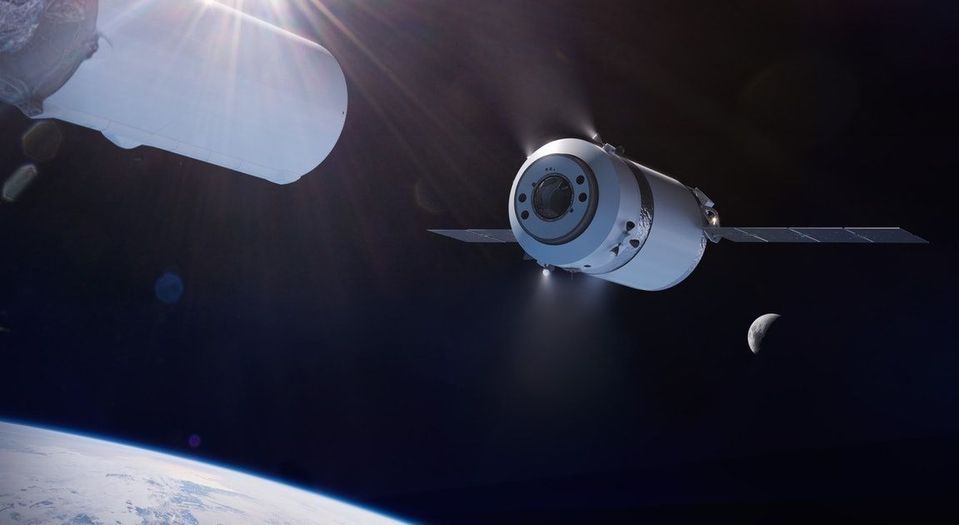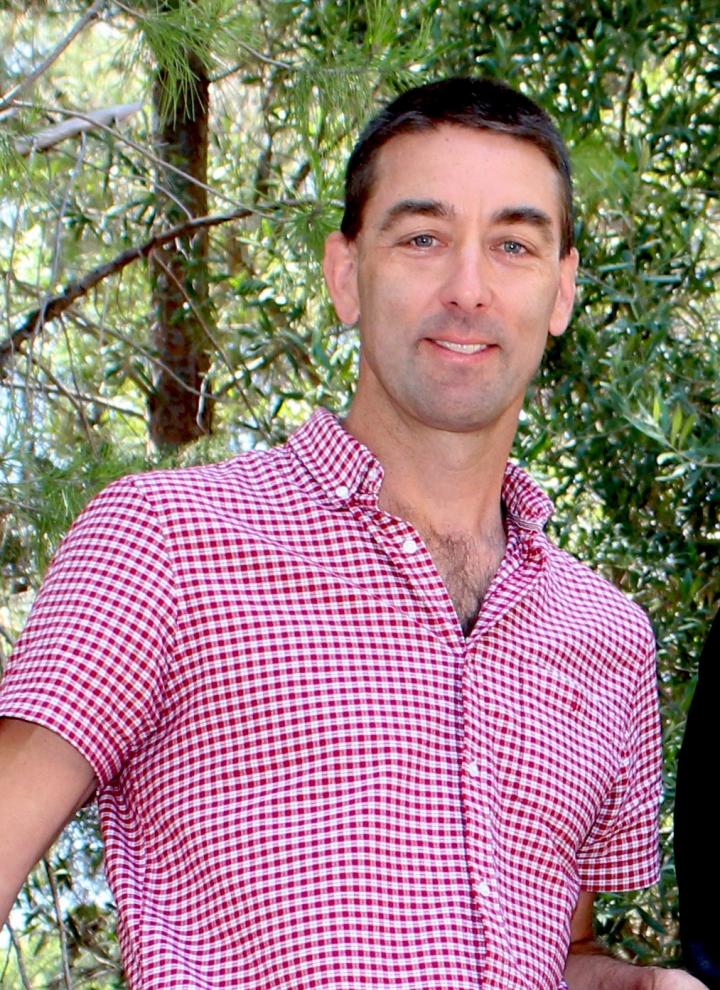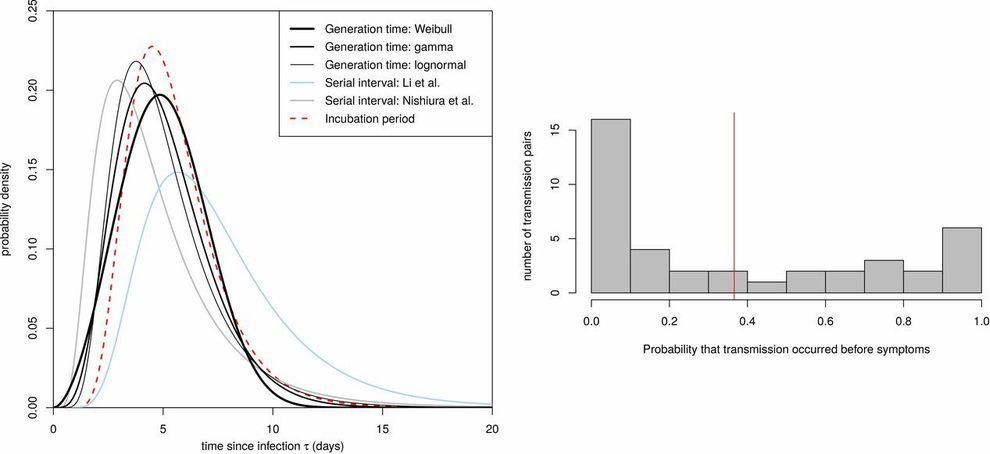OneWeb says pandemic ended chance of getting enough funding for full launch.




Scientists at Flinders University have, for the first time, identified a specific type of sensory nerve ending in the gut and how these may ‘talk’ to the spinal cord, communicating pain or discomfort to the brain.
This discovery is set to inform the development of new medications to treat problems associated with gut-to-brain communication, paving the way for targeted treatments to mitigate related dysfunction.
While our understanding of the gut’s neurosensory abilities has grown rapidly in recent years, two of the great mysteries have been where and how the different types of sensory nerve endings in the gut lie, and how they are activated.

Stress restructures the brain by halting the production of crucial ion channel proteins, according to research in mice recently published in JNeurosci.
Stress harms the brain and body in profound ways. One way is by altering astrocytes, the brain’s housekeepers tasked with mopping up neurotransmitters after they’ve been released into the synapse. On the cellular level, stress causes the branches of astrocytes to retract from the synapses they wrap around.
Bender et al. investigated what controlled astrocyte changes after mice experienced exposure to the urine of a fox, their natural predator. This single stressful event caused quick but long-lasting retraction of the astrocyte’s branches. Stress induces this change by halting the production of GluA1, an essential subunit of glutamate receptors. During a stressful event, the stress hormone norepinephrine suppresses a molecular pathway that normally culminates in the protein synthesis of GluA1. Without functional GluA1 or glutamate receptors, neurons and astrocytes lose their ability to communicate with each other.



An artificial intelligence can accurately translate thoughts into sentences, at least for a limited vocabulary of 250 words. The system may bring us a step closer to restoring speech to people who have lost the ability because of paralysis.
Joseph Makin at the University of California, San Francisco, and his colleagues used deep learning algorithms to study the brain signals of four women as they spoke. The women, who all have epilepsy, already had electrodes attached to their brains to monitor seizures.

** On Saturday Dr. Vladimir Zelenko reported that he has now successfully treated 699 COVID-19 patients in New York for the coronavirus. Dr. Zelenko reported 100 percent success using a cocktail of drugs: hydroxychloroquine, in combination with azithromycin (Z-Pak), an antibiotic to treat secondary infections, and zinc sulfate.
** On Friday night the French research team led by the renowned epidemiologist Dr. Didier Raoult was able to repeat his findings from a previous study. Dr. Raoult administered hydroxychloroquine and azithromycin to 80 patients and observed improvement in EVERY CASE except for a very sick 86-year-old with an advanced form of coronavirus infection.
On Sunday night the FDA issued an emergency authorization for hydroxychloroquine to be prescribed to coronavirus patients.

The newly emergent human virus SARS-CoV-2 is resulting in high fatality rates and incapacitated health systems. Preventing further transmission is a priority. We analyzed key parameters of epidemic spread to estimate the contribution of different transmission routes and determine requirements for case isolation and contact-tracing needed to stop the epidemic. We conclude that viral spread is too fast to be contained by manual contact tracing, but could be controlled if this process was faster, more efficient and happened at scale. A contact-tracing App which builds a memory of proximity contacts and immediately notifies contacts of positive cases can achieve epidemic control if used by enough people. By targeting recommendations to only those at risk, epidemics could be contained without need for mass quarantines (‘lock-downs’) that are harmful to society. We discuss the ethical requirements for an intervention of this kind.
COVID-19 is a rapidly spreading infectious disease caused by the novel coronavirus SARS-COV-2, a betacoronavirus, which has now established a global pandemic. Around half of infected individuals become reported cases, and with intensive care support, the case fatality rate is approximately 2%. More concerning is that the proportion of cases requiring intensive care support is 5%, and patient management is complicated by requirements to use personal protective equipment and engage in complex decontamination procedures. Fatality rates are likely to be higher in populations older than in Hubei province (such as in Europe), and in low-income settings where critical care facilities are lacking. In the public health cost of failing to achieve sustained epidemic suppression was estimated as 250,000 lives lost in the next few months in Great Britain, and 1.1−1.2 million in the USA, even with the strongest possible mitigation action to ‘flatten the curve’.

New York Attorney General Letitia James (D) is calling for an investigation into the firing of an Amazon worker who led a protest at a company warehouse in New York City amid the coronavirus pandemic.
Chris Smalls was fired Monday after he led employees protesting Amazon’s decision to keep their Staten Island facility open after a worker tested positive for COVID-19, the disease caused by the novel coronavirus.
A spokesperson for Amazon told The Hill that Smalls was fired for coming onsite after being told to remain home because he had come into contact with another employee who tested positive.